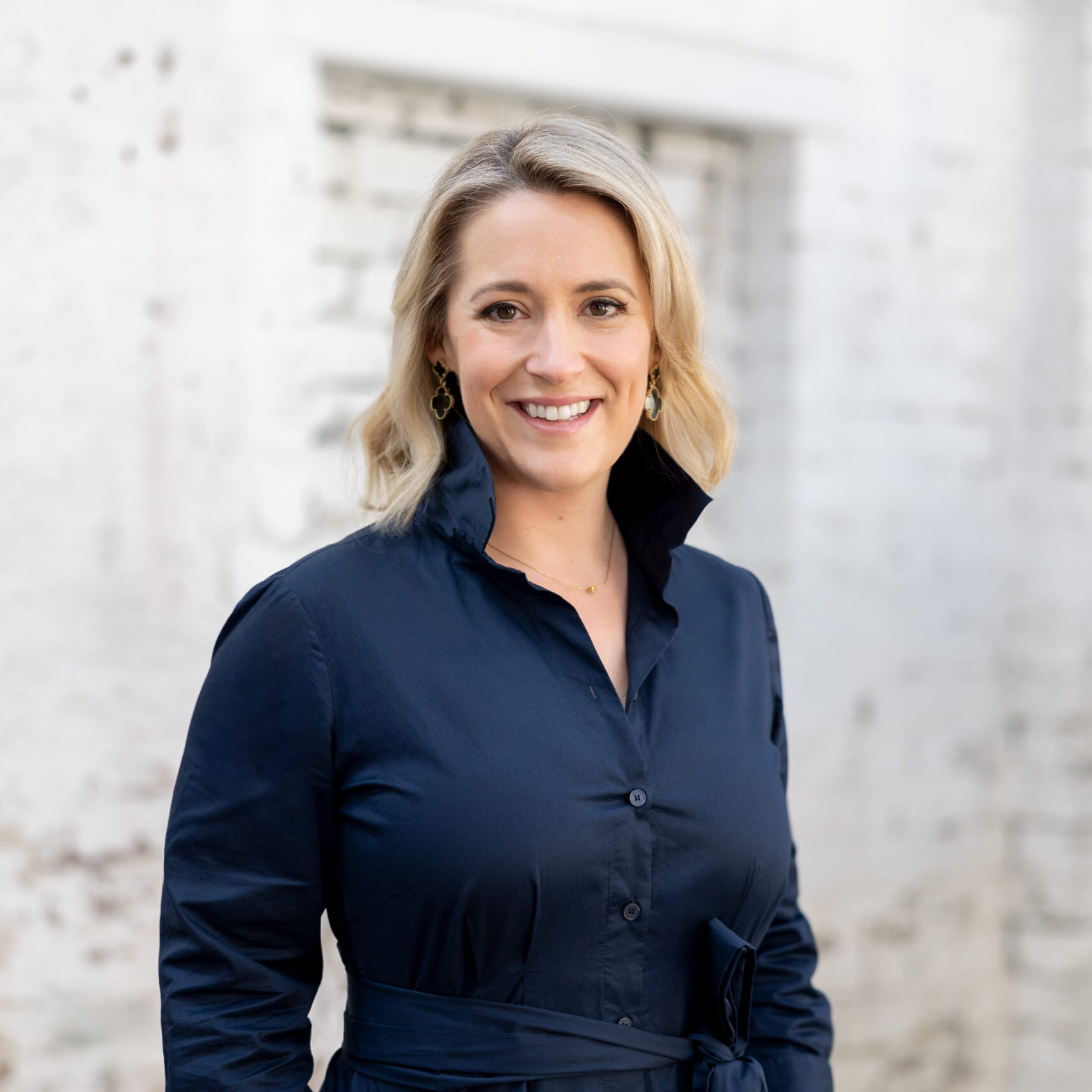
In Conversation with Julia Durkin

Where do you work and what do you do?
I am the Public Participation Director of the Auckland Festival of Photography, which I founded in 2004. My role is to craft an annual programme and build photography audiences across the Auckland region in New Zealand. I am the longest serving female Festival director in the Auckland region and the Festival is now the longest running photography festival in Australasia (16 Festivals to date).
Tell us a bit about yourself.
I am a senior cultural producer experienced in media, TV and film production, with a 30-year career in visual imaging, pictures, video, film, and photography. In 2004, as well as establishing the Auckland Festival of Photography, I also started the first 24-hour photography competition in New Zealand, the Auckland Photo Day.
In 2010, I was instrumental in the Auckland Festival of Photography joining the Asia Pacific Photo forum as a founding member. The forum is a network of international photography festivals in New Zealand, Australia, and across the Asia Pacific.
I’ve served as a nominator, portfolio reviewer, judge and presenter around the world, including at the Nikon Photo Contest (Japan 2013), Pingyao International Photography Festival (2013-2017, 2019), the China International Press Photo Contest (2014), Kaunas Photo festival (Lithuania 2014, 2016, 2018), Angkor Photo Festival (Cambodia 2014), Prix Pictet Award (UK 2015), Lou Stoumen Prize (USA 2015), Kuala Lumpur International Photo Awards (2018), Higashikawa International Photography Festival (Japan 2015, 2019), Guatephoto (Guatemala 2015), Indian Photo Festival (2015), Obscura Photo Festival (Malaysia 2016), and Chobi Mela (Bangladesh 2017).
What changes have you seen in the photography festival industry since starting out? The good, the bad and the ugly.
Since starting the Festival in 2004, there have been a series of shifts and changes in the landscape, and especially our audiences. We had 34,000 visitors in 2010, and now our audience is a staggering 93,000 – so that’s definitely good, with the popularity of photography and accessibility being key factors in this increase of interest. Over 16 years we’ve engaged with 780,000 visitors to the Festival exhibitions, events, talks, and projections.
In terms of changes in the broader photography festival landscape of New Zealand, two new smaller Festivals started up in Wellington about two or three years ago as a response to the success of Auckland’s model, so it’s been great to be inspirational to others and see those festivals start.
Good & Bad, Ugly – I think ‘technology’ fits all three of those words. It’s amazing to think that by our 2007 Festival the switch from film work to digital was in full swing, and the fallout out across printing, gear and business models since then has been huge from this ‘digital revolution’.
More Bad – the last decade has seen the rise in festivals ceasing to exist (for example Fote Freo, Queensland Festival of Photography and Canberra’s VIVID closed down). Now all festivals continue the struggle to be sustainable with increasing ‘commercial pressures’. Since austerity and cut-backs, festivals are often perceived as having small economic value because the public funding and monitoring systems are unable to measure cultural wealth or disburse money proportionately to outcomes.
How do you stay relevant in today's photography festival industry?
We’ve always got to stay relevant and create a relevant programme or no one will attend or participate!
Since starting the Festival, my team and I have integrated community arts and cultural development in the Festival programme. These encompass collaborations between professional artists and communities in ways that enrich our understanding of culture’s role in wellbeing, vitality, and citizenship and the importance of photography and freedom of expression.
We’ve delivered the standard for open access Festival programming in New Zealand. As an independent registered charity in the photography sector, we’ve aligned ourselves with public policy outcomes rather than commercial industry or the educational institution’s academia. We’ve never been a ‘members-only’ group or articulated the exclusion of some for the benefit of a few, we’ve produced the right format with several key access points for everyone from the international ‘stars’ to the local emerging photographer who’s just starting out – we place equal importance on both. This has created an aspirational engagement model that is important in such a diverse and broad arena – photography really is everywhere. Our Festival holds the door open to all in the pursuit of public-facing community engagement. It’s an important flag-waver for participation and access through photography. We’ve created a meaningful and important cultural zeitgeist that is a gathering point for the community and annual important arts touchstone for the Auckland region.
Tell us what you are currently working on?
Recently we just announced the 2020 Festival dates and theme, with a call for entries, registrations, and submissions for different programme strands. This is where we get to craft the next edition and get things sorted out to present an exciting and important cultural experience.
What would your advice be to a potential photographer wanting to be a part of a festival?
Check out our ‘taking part’ page on our website, review our past programmes, think about what you want to do and work that into our processes. Try to use the contact page on our website – it’s great to hear about all the stellar work out there, but due to time differences across the world when you are excited to share your project with me from elsewhere on Facebook messenger it might be 3am in New Zealand, so email is best. I need my sleep too!
Share it around…






